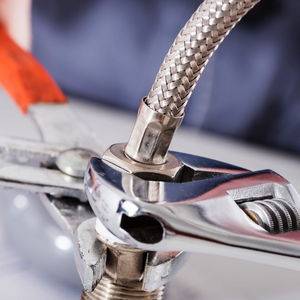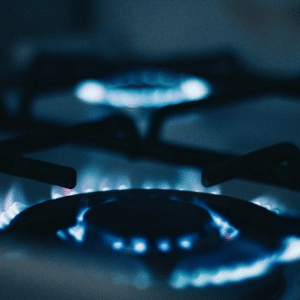Leak Detection
How to track down a leak in your plumbing?
Leaks can be extremely difficult to find and without a professional's help, they can be impossible to solve on your own. Often you suspect a leak may be caused by one reason, but you later find out it was caused by something completely different.
There have been major developments in leak detection innovation over the years. Plumbers have access to all kinds of leak-detecting technology and tools that can concisely pinpoint where the leak comes from, even if it’s under a concrete slab!
"Had Brandon come out and fix a leaking garden tap. He was lovely and sorted out the issue very, very quickly. He was thorough too. He was very patient with how dumb I was about the issue, really understanding and not condescending.
I appreciated that. This company was recommended to me by my mum who had Lee come over to fix her broken water meter. She said he was great too. Highly recommend!"
Common Signs You Have a Leak
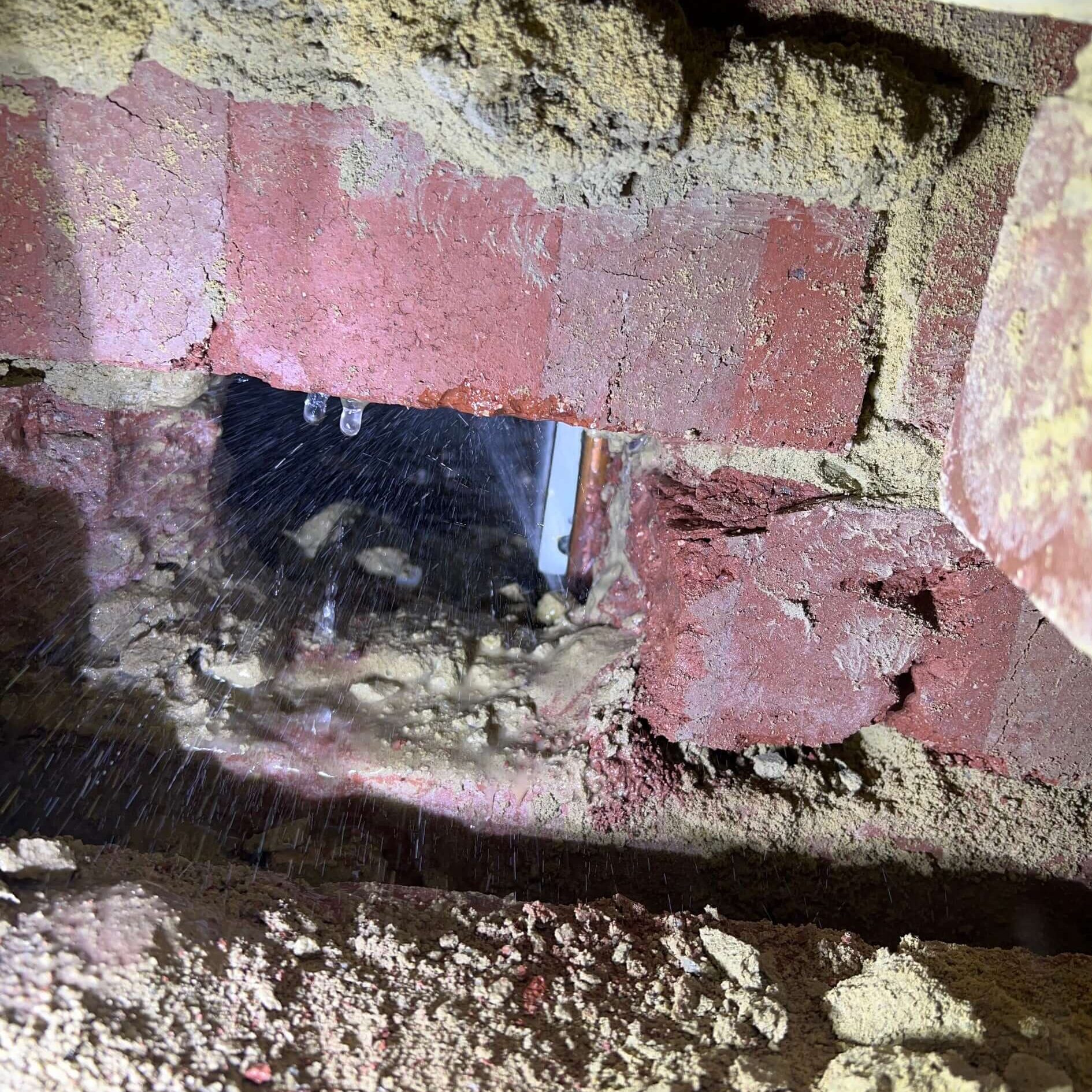
A Big Bill
The first sign of a leak is an unusually high water or gas bill. A big water or gas bill can come as a shock because there are often no obvious signs that there might be a leak. For instance, if there was a leak from under the house, you might receive a water bill ten times higher than average. Some water companies can pick up peaks in usage and will send you an alert affirming that your bill is suddenly higher than average.
The same might occur with gas leaks. When people suddenly get a gas bill that doesn't make sense, they’ll say, "It's the middle of summer, and all I've got is my cooktop, but I'm spending double what I would in the middle of winter when I'm running my heater." Other times people might sense that they can smell gas, but not always.
Green Patches On The Lawn
Other signs can signify a leak. You might have an unusual green patch in your front lawn, or maybe it's a bit soggy in just one patch.
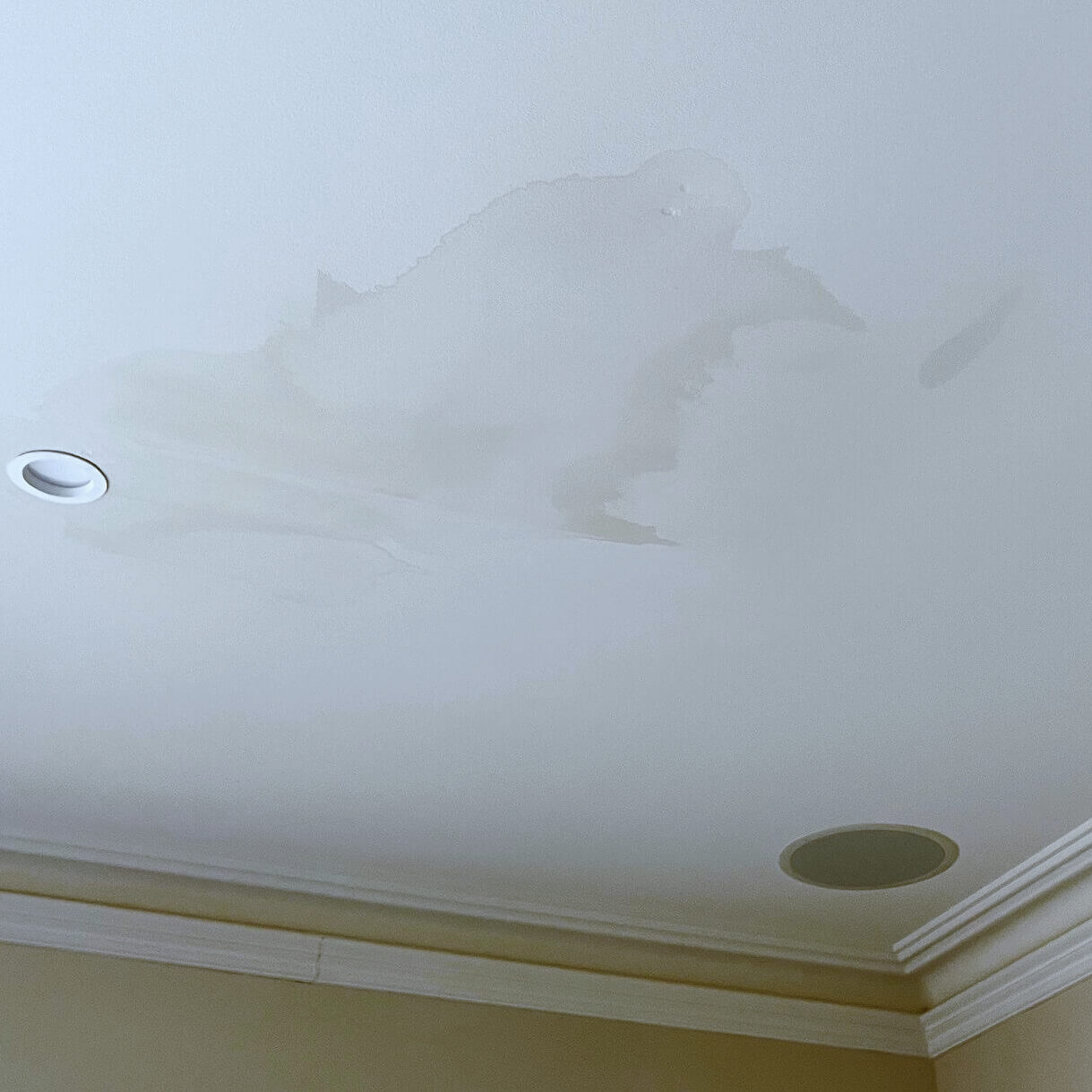
Cracking or Staining
Perhaps you are starting to get some cracking or staining in your driveway.
Rising Damp or Hissing Sound
You might start noticing rising damp up your wall, or maybe you can hear a hissing sound in your wall. You might not be able to see any leaks, but when the house is silent, such as going to bed, you start to hear this hissing or dripping sound.
Signs of a Leak Summary
- Usually, high water or gas bill
- Raising damp on walls
- Green or soggy patches on your lawn
- Staining and cracking on your driveway
- Hissing or dripping sounds.
Can Leak Source Differ From Visible Leak?

There is very often a difference between where your water leak is appearing and the source of the leak. This difference in location is where using specialised leak detection equipment is worth its weight in gold. Ideally, we are after a “keyhole surgery” solution to access the leak with the minimum impact on the external surfaces. To achieve this, we need to know exactly where the leak is before we try to reach and repair it.
Tools and Equipment For Leak Detection

Pressure Test
Our first step in leak detection is to run a pressure test on the water or gas line. We'll pump the line up to a certain pressure when nothing is being used, and the line should hold that pressure. If the pressure drops, then it means that either gas or water is escaping. That would typically be our first step because sometimes we discover no leak. For example, wall discolouration or mould can have more to do with the demise of a rodent in the wall cavity.
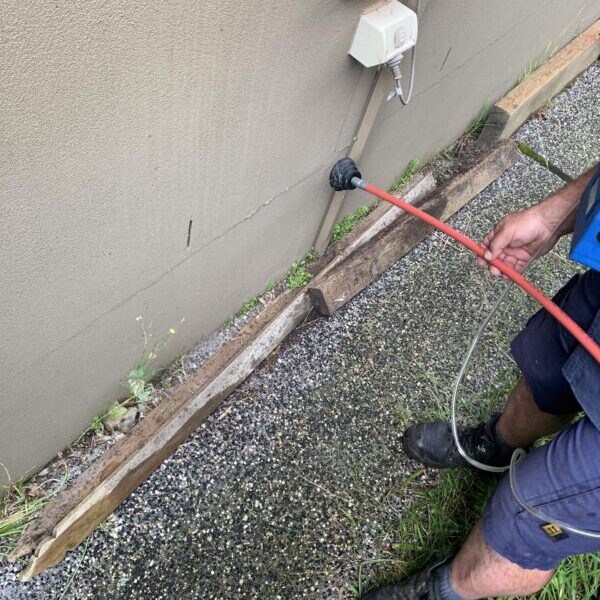
Acoustic Leak Detection
One method of leak detection is called Acoustic Leak Detection. We disconnect the water at the water metre, then pump high-pressure air through the water line using electronic amplification equipment. It's essentially like an elaborate stethoscope built for plumbers that can pick up sounds of leaks, such as hissing and dripping. This plumbing stethoscope is so powerful that it can even find leaks under concrete.
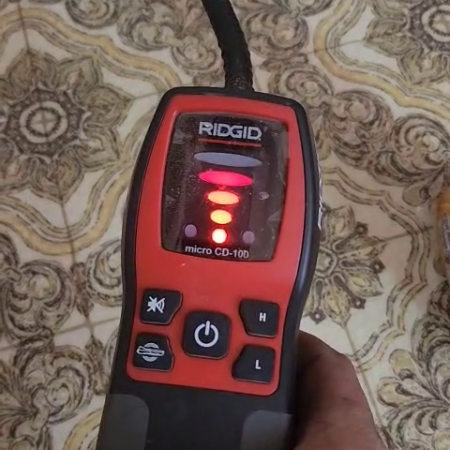
Nitrogen Testing
Rather than pumping high-pressure air, we pump nitrogen through the gas or water line. We use a gas leak-detecting instrument commonly known as “The Sniffer”. The sniffer can pick up the smell of nitrogen. As we walk around trying to locate the leak, the instrument gives off a signal that intensifies when we get closer to finding it.
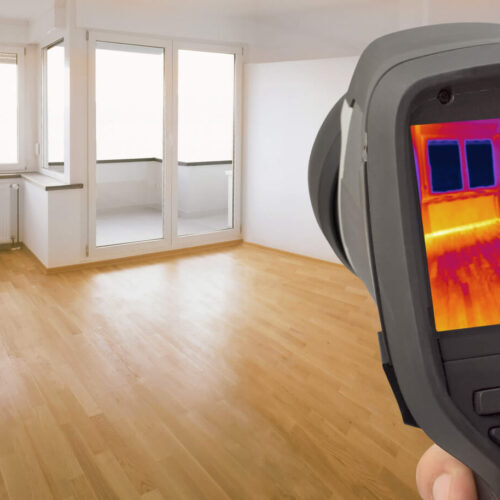
Thermal Imaging
Thermographic technology can pick up on the different infrared or radiation wavelengths that emit off the heat of any object or substance, depending on the temperature. Colours are the visible wavelengths the human eye can see on the electromagnetic spectrum.
We will point the lens of the thermal imaging device to where we think the leak might be coming from. The viewfinder device can then portray those radiation wavelengths as visible wavelengths, visualising the range of temperatures as colourful silhouettes.
We send hot water through the water pipes and then inspect the device’s viewfinder to track where the hot water goes.

Electrical Current
We use an electromagnetic pipeline locating device to put an electric current on a copper pipe. Because copper is conductive, the electric current sends through the pipes, and the sensor can then trace the current and locate where the pipes are located.
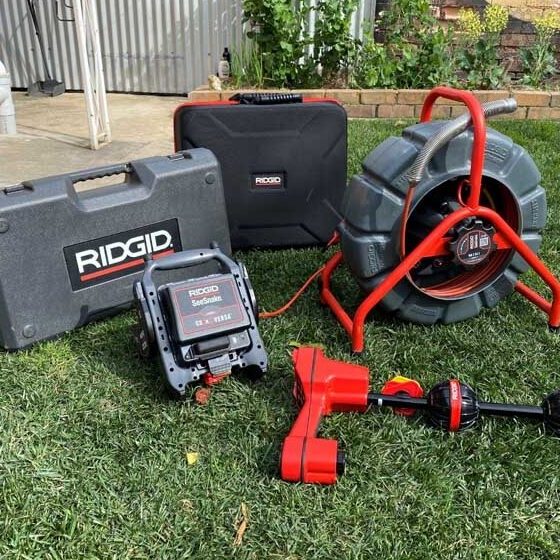
Drain Camera
We can also use CCTV Drain Inspection Cameras when inspecting leaks. People might tell us, "I'm getting a lot of moisture under this part of my house," or “there are some unusual cracks in the cement”. Once we've ruled out waterline leaking using pressure tests, we move on to see if the stormwater drain or sewer drain is defective. We switch off the water metre and put the drain camera down the stormwater and sewer pipes to see if there were any breaks or defects.
Most Challenging Homes For Different Types of Leak Detection
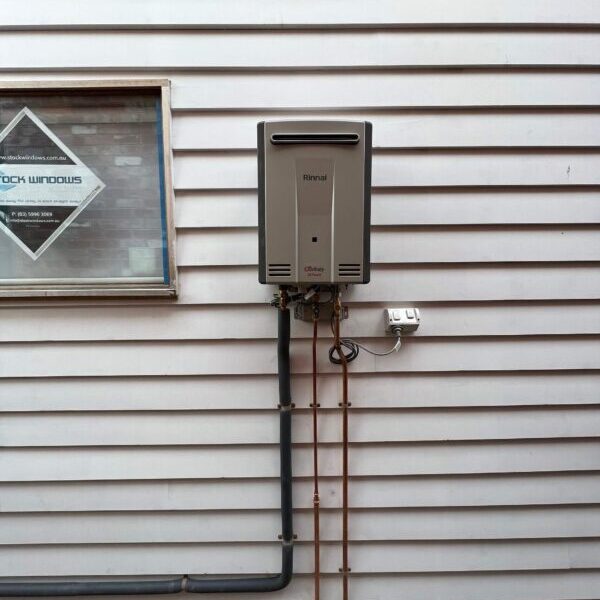
Water
Leaks in modern homes are very hard to locate compared to finding leaks in houses built before the 1950s. Older homes had all the services running down the blind side of the house. You could easily see them. Whereas now, with architecture and interior design, everything is very modern and sleek. As soon as a pipe goes from the water metre, it's straight into the walls, and the water pipes practically disappear. You don't see them again until they come out of the wall at the tap.

Gas
This is similar with gas pipes. The gas pipes begin at the metre, then go into the walls and out to connect your cooktop, which might be 20 metres away. You don't know what’s happening to that pipe in between the walls. To compound that issue, rather than with metallic pipes like copper, where we put an electric current on them to trace them, modern homes use non-conductive plastic pipes, so we can't always trace where they go. But we do have a trick for that.
Leak detection in modern homes is where tools like the sniffer come in handy. We put nitrogen in, and then we can sniff all the plaster walls to see where that nitrogen's coming out. That helps us narrow things down. We can remove power points and light switches to get into walls. There will be a manhole in the bathroom which is also helpful.
In some ways, leak detection in modern homes is more challenging. Fortunately, plastic pipes are good products. As much as they don't sound as strong as metal, they're less prone to leaking. So most of the leaks we repair are on copper pipes.
Leak Detection - Then & Now

In the past, we've attended a property where we could hear a leak from a particular place, and it looked like it was from the same place due to seeing water coming out from a crack in the wall. Because we thought the leak might have been just on the inside of that wall, we made a hole in the crack in the wall, thinking that the leak would be quick to solve.
We then started to open up the wall, only to find water spraying from about two metres away within the wall. The leak had been running along a bit of timber, getting the timber soaked, then dripping down to the bricks and finally running across to where it was coming out of the hole we made where it appeared that it had been leaking. We then had to make a second hole to get to the actual source of the leak!
The new leak detection tools make leak detection much more precise and efficient. They help us achieve a repair with minimum disruption to external surfaces.
A Recent Leak Detection Job
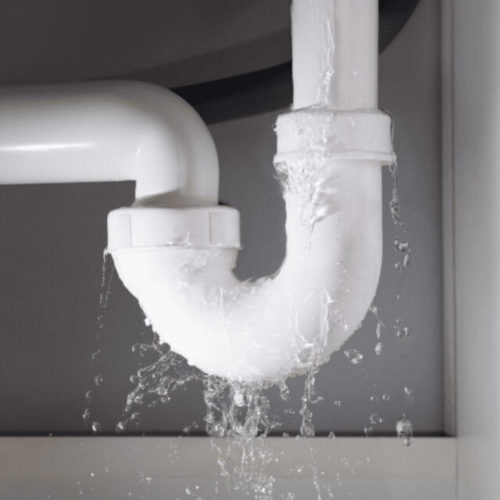
We recently visited a bakery with a high water bill, and their water retailer, Yarra Valley Water, contacted them and said, "Look, your water bill's off the charts, you must have a leak!" The bakery people called in and told us they could hear a little hissing sound from a pipe coming out of the concrete slab near a kitchen sink. They felt sure the leak was there.
The whole bakery was concrete, and we didn't know exactly where any of these pipes were under the concrete slab. We thought we'd better do our due diligence and check where this leak was coming from. This was lucky because we’d found the leak about two or three metres away in the middle of the building and nowhere near the sink. The leaking sound was resonating at the weakest point in the concrete slab, where the PVC pipe was coming up near the kitchen sink. So acoustically, it was coming up from there, but when we used the sniffer, we found it about two or three metres away.
We could cut a half-metre square in the ground, dig down maybe half a metre, cut out the defective section of copper, and then reinstate the concrete. We completed the work out of hours, so the business was not interrupted.
Read more on the Expert Plumbing Blog
We’re the team to help with leak detection throughout Essendon, Preston, Abbotsford, Brunswick and surrounding suburbs for both residential and commercial properties.
If you need a plumbing leak sorted out in a hurry, give our friendly team a call on 9486 5907 or send an email to info@expertplumbing.com.au. We can get to you quickly and resolve these issues so you don't have to stress.
What You Must Know About Flexi Hoses
Those humble looking flexible rubber or stainless-steel braided pipes that are lurking underneath your bathroom…
Read MoreGas Leaks: What Are The Risks and What Can You Do About It?
Gas is a remarkably safe fuel source when handled correctly. But leaks do still happen,…
Read MoreA Water Leak is More Than Just a Nuisance
Dripping taps or leaking water pipes are generally viewed as a small nuisance rather than…
Read MoreAll Our Work Is Fully Insured & Compliant With Australian Standards
"I was impressed from my first contact with Leigh through to my dealings with the repairman sent (Ash) to do the job. Ash was respectful of the property in terms of not tracking in dirt, careful opening of the cistern, etc.
Once he'd identified the broken part within the cistern, he very clearly explained the problem and what was needed to replace the part should that be possible. He searched for, located, and installed the new part within a short amount of time.
The invoice sent to me was very clear in describing the breakdown of costs involved. I'll definitely seek this company out for the next time we need plumbing repairs."


